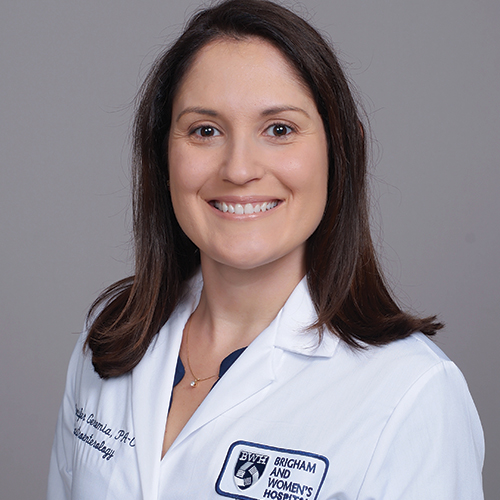This decision analytical modeling study projected the long-term clinical burden of metabolic dysfunction-associated steatotic liver disease (MASLD) in the US adult population from 2020 to 2050 using an agent-based state transition model. Drawing on published literature, the model simulated MASLD progression and associated outcomes, including MASH (metabolic dysfunction-associated steatohepatitis), liver fibrosis, hepatocellular carcinoma (HCC), liver transplant (LT), and liver-related mortality among over 2.8 million virtual individuals aged 18 and older.
The results forecast a rise in MASLD prevalence from 33.7% in 2020 (86.3 million people) to 41.4% in 2050 (121.9 million people), with MASH cases increasing from 14.9 million to 23.2 million over the same period. The number of patients with significant fibrosis is expected to grow from 6.7 million to 11.7 million. By 2046–2050, annual new cases of HCC and LT due to MASLD are projected to reach 22,440 and 6,720, respectively—nearly double the rates observed from 2020–2025. Liver-related deaths are also predicted to rise sharply, from 30,500 in 2020 (1.0% of adult deaths) to 95,300 in 2050 (2.4%). These projections underscore the urgent need for effective treatments and proactive healthcare planning to address the growing impact of MASLD.
Reference: Le P, Tatar M, Dasarathy S, et al. Estimated Burden of Metabolic Dysfunction-Associated Steatotic Liver Disease in US Adults, 2020 to 2050. JAMA Netw Open. 2025 Jan 2;8(1):e2454707. doi: 10.1001/jamanetworkopen.2024.54707. PMID: 39821400; PMCID: PMC11742522.

